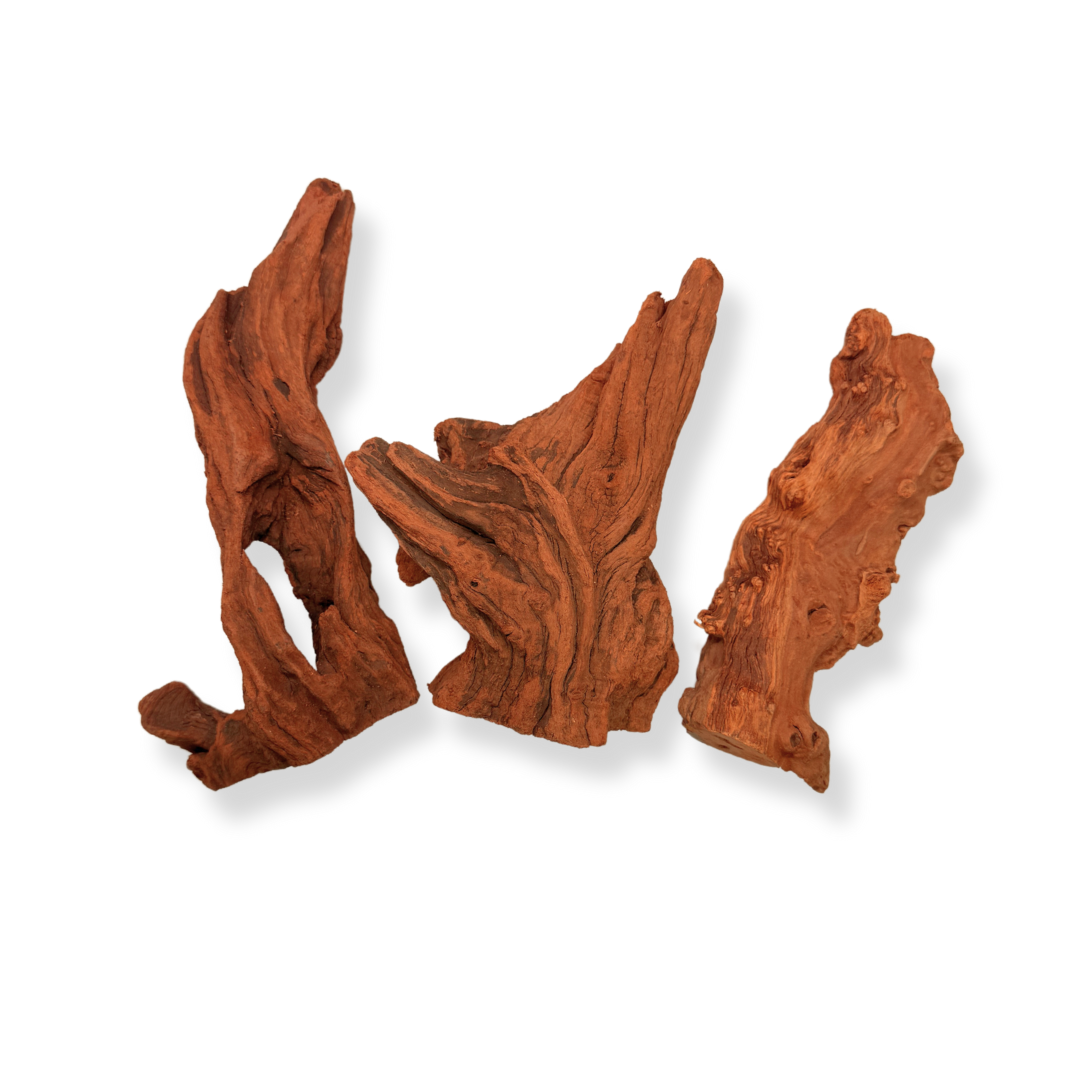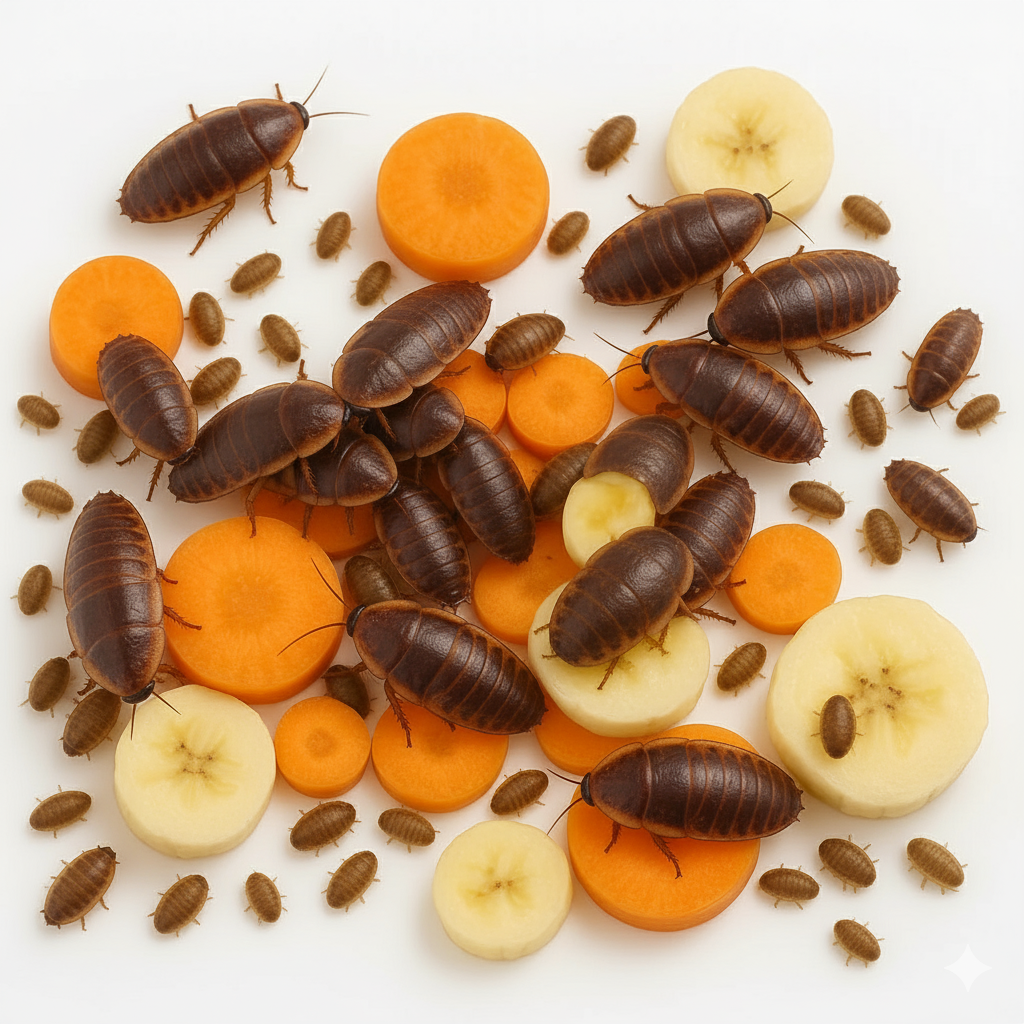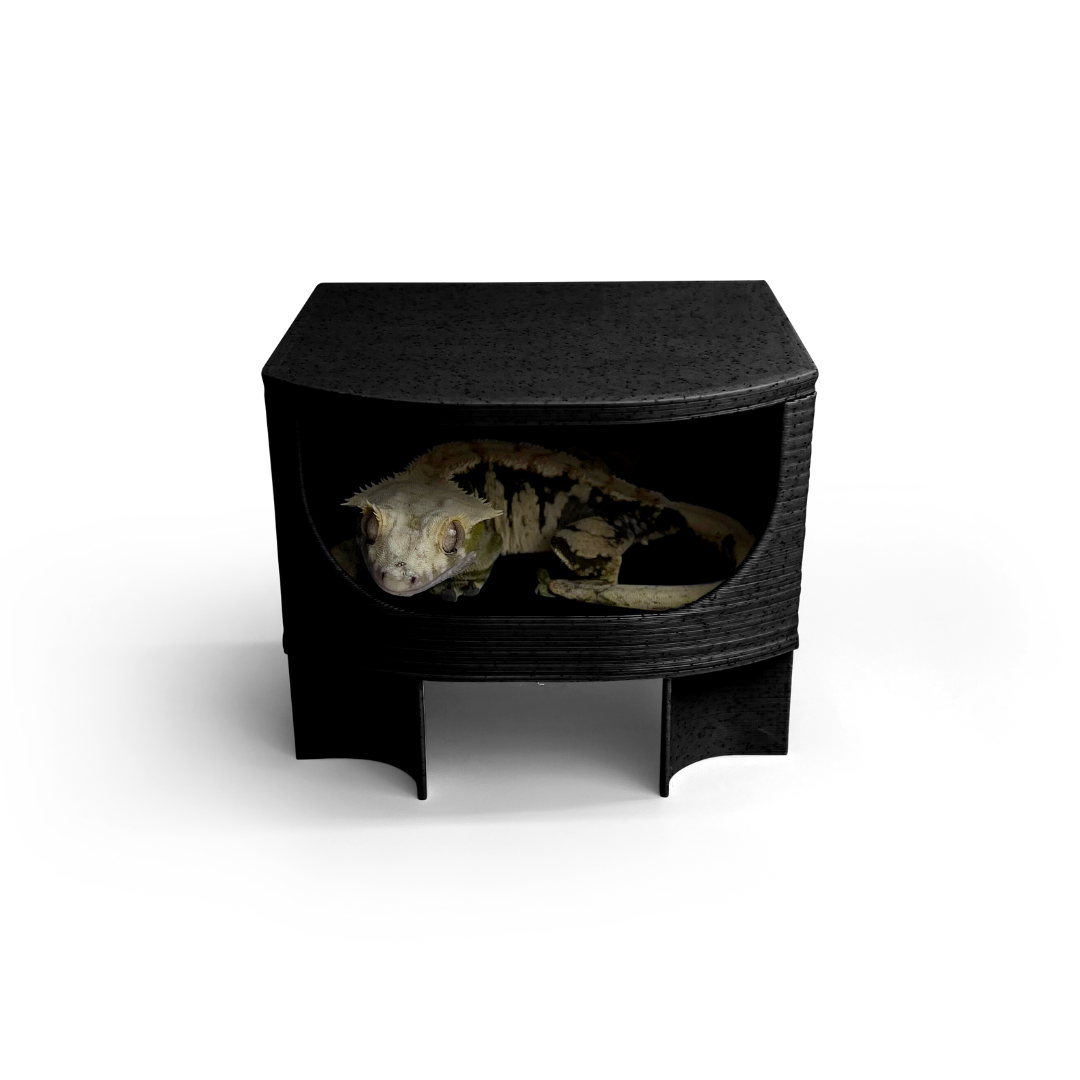As a proud gecko parent, you want to make sure your little friend is living in a clean, healthy, and comfortable environment. A properly maintained tank not only helps your gecko thrive but also ensures it stays happy, healthy, and free from diseases. In this post, we’ll cover the best practices for cleaning and maintaining your gecko’s tank, including cleaning schedules, safe products, and some helpful tips to make your life easier.
Why Cleaning Your Gecko’s Tank Matters
A dirty tank can lead to a variety of health problems for your gecko, including respiratory issues, skin infections, and parasites. By keeping their enclosure clean, you’re not only improving their quality of life, but you're also reducing the risk of potential health problems. A clean tank also makes it easier for your gecko to maintain a proper temperature and humidity level, both of which are crucial to their well-being.
How Often Should You Clean Your Gecko’s Tank?
The frequency of cleaning will depend on the size of the tank, the type of gecko, and how many geckos are in the enclosure. However, a good rule of thumb is:
- Daily: Spot clean the tank to remove any uneaten food, feces, and debris.
- Weekly: Perform a more thorough cleaning, including changing out the substrate and wiping down the walls of the tank.
- Monthly: Completely disinfect the tank, including the decor, heat sources, and accessories. This is also a good time to check for any signs of wear or damage that could affect your gecko’s environment.
Daily Maintenance: Spot Cleaning
Start each day by performing a quick spot clean to remove any obvious waste, leftover food, or moisture buildup. Geckos tend to eat their insects quickly, so removing any uneaten insects helps prevent bacterial growth and odors.
Tip: Use a small dustpan and brush or a scooper designed for reptiles for quick and easy spot cleaning, especially if you're using natural substrates. A handheld vacuum works well for carpeted surfaces, but for natural substrates, a scooper—similar to what you'd use for cats — can help you easily remove dirty waste. Don't forget to clean the water dish daily as well!
Weekly Maintenance: Substrate and Tank Walls
Substrate: Depending on the type of substrate you're using (e.g., sand, soil, or Geckopia Premium Reptile Liner), you'll need to clean or replace it regularly. For natural substrates, replace it every 2-3 months (it varies depending your setup) or whenever it gets soiled. If you're using a washable liner like the Geckopia Premium Reptile Liner, it only needs cleaning twice a week. Simply remove the liner, wash it with a non-chemical detergent, and replace it once it's dry.
Tank Walls and Decorations: Wipe down the tank walls using a damp cloth to remove dust, water droplets, and any other buildup. Be gentle when cleaning decor, as geckos like to climb and hide in their accessories. Wash them thoroughly with warm water and a reptile-safe cleaner.
Monthly Maintenance: Full Disinfection
Once a month, perform a full disinfection of the entire tank. Remove everything from the tank, including your gecko’s hide, decorations, and any other accessories. Wash all items thoroughly and disinfect them with a reptile-safe disinfectant.
Tip: While disinfecting, make sure the tank is completely dry before you put everything back in place. Humidity buildup can lead to mold and mildew, so ensure there’s no lingering moisture.
Best Products for Cleaning
When it comes to cleaning your gecko’s tank, you want to ensure you’re using safe and non-toxic products. Avoid harsh chemicals, as they can harm your gecko. Instead, opt for natural, reptile-safe cleaners. Here are some product recommendations for maintaining a healthy habitat:
- Geckopia Premium Reptile Liner: Not only does it make cleanup a breeze, but it also helps regulate humidity and prevents bacterial growth.
- Reptile-safe disinfectant: Make sure any disinfectant you use is safe for reptiles. Always rinse well and allow it to dry completely before replacing your gecko’s items.
Tips for Keeping Your Gecko’s Habitat Clean
- Humidity control: Keep an eye on the humidity levels in the tank. Overly damp conditions can lead to mold and mildew, while low humidity can cause dehydration and shedding issues. Consider adding a humidifier or using a humidity gauge to keep track.
- Provide hiding spots: Geckos love to have places to hide. Ensure that you provide at least one or two secure hiding places for your gecko to feel safe, reducing stress and helping with proper shedding.
- Regular checks: Make sure to check for any signs of illness or injury regularly. This can include abnormal behavior, skin issues, or a lack of appetite.
A Clean Tank Equals a Happy Gecko
Keeping your gecko’s tank clean is not just about maintaining aesthetics – it’s about providing a healthy environment for your gecko to thrive. A clean, properly maintained habitat leads to a happier, healthier pet. Regular cleaning schedules, safe products, and proper humidity control are key components of creating the best home for your gecko.
Bonus Tip: Don’t forget to check out Geckopia Essentials for premium products designed to make cleaning and maintaining your gecko’s tank easier than ever.








































































Leave a comment